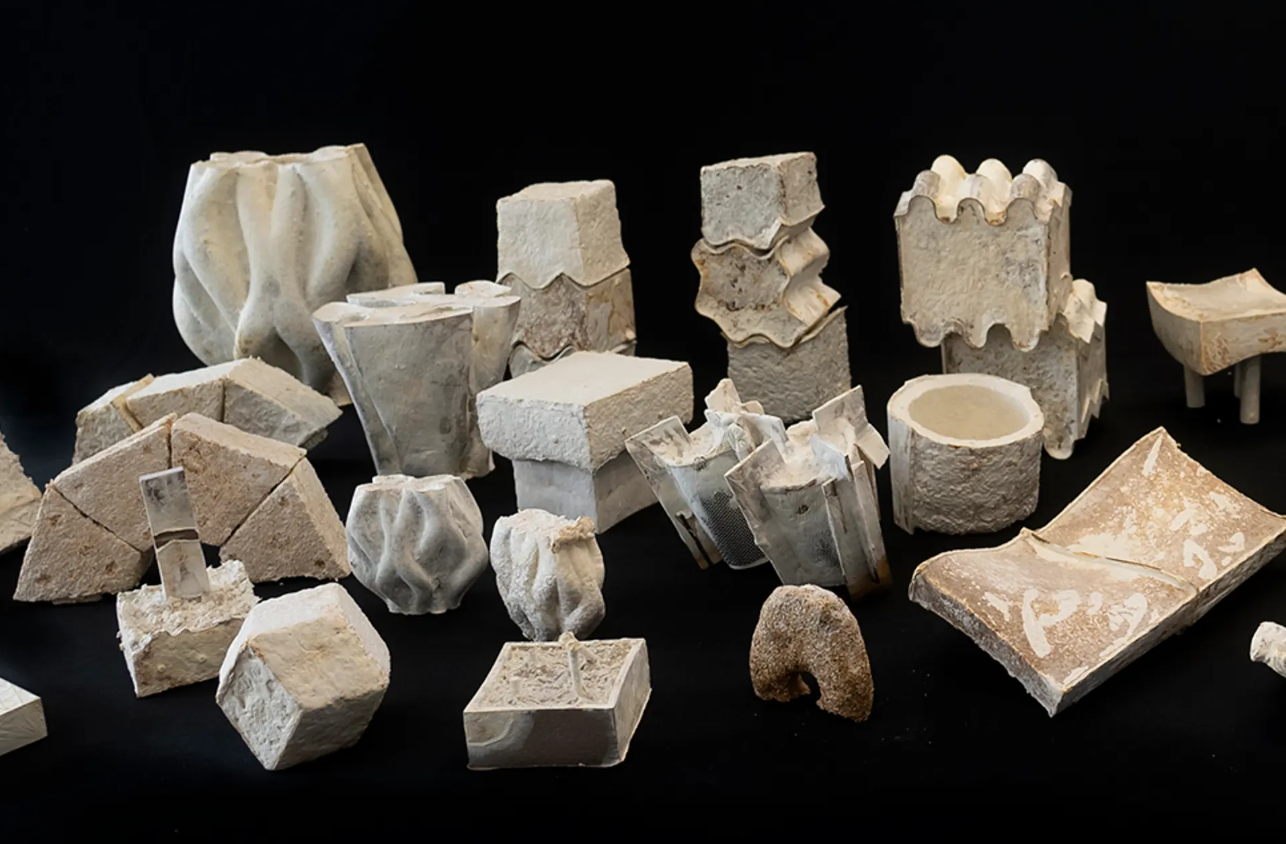Innovations in construction are taking a fascinating turn as scientists and architects explore the potential of mycelium in construction. Mycelium, the root-like structure of fungi, has emerged as a promising alternative to traditional construction materials due to its remarkable properties and eco-friendly nature. This article delves into the burgeoning field of mycelium-based construction and its potential to reshape the future of architecture.
The Power of Mycelium
Mycelium, often referred to as nature’s glue, is the vegetative part of fungi responsible for nutrient absorption and decomposition. Its thread-like strands intertwine to form a resilient network capable of supporting tremendous weight. This natural adhesive quality, coupled with its rapid growth rate, makes mycelium an ideal candidate for construction applications.

Versatility and Adaptability
One of the most remarkable aspects of mycelium is its versatility. It can be grown into virtually any shape or form by controlling factors such as temperature, humidity, and substrate composition. This flexibility allows architects and designers to create custom structures with minimal waste, offering a sustainable alternative to conventional building materials. It’s not just in construction we’re using mycelium, packaging, leather and faux-meat are among many other innovative uses.
Strength and Durability
Despite its lightweight appearance, mycelium-based materials exhibit impressive strength and durability. Studies have shown that mycelium composites can rival or even surpass the structural integrity of traditional materials like concrete or wood. Additionally, mycelium-based products demonstrate excellent insulation properties, providing natural thermal regulation and sound absorption.
Watch our recorded webinar | Myco-Material Stories: Building with Mushrooms

Environmental Benefits
The environmental advantages of mycelium-based construction are significant. Unlike traditional building materials such as concrete or steel, which contribute to carbon emissions and resource depletion, mycelium requires minimal energy input and produces negligible waste. Moreover, mycelium can be cultivated using agricultural by-products or waste streams, transforming them into valuable resources and reducing reliance on finite materials. To learn more about using fungi for environmental remediation, I suggest reading this book.
Applications in Construction
The potential applications of mycelium in construction are vast and diverse. From modular building blocks to large-scale structural components, mycelium-based materials can be tailored to suit various architectural needs. These materials have already been used in projects ranging from temporary installations to permanent structures, showcasing their versatility and feasibility in real-world applications.

Challenges and Future Outlook
While the prospects of mycelium-based construction are promising, several challenges remain. Scaling up production methods, ensuring consistent quality, and addressing regulatory considerations are critical factors that need to be addressed. Additionally, further research is needed to optimize material properties and enhance performance in different environmental conditions.
Despite these challenges, the momentum behind mycelium-based construction continues to grow as researchers, architects, and entrepreneurs collaborate to unlock its full potential. With ongoing advancements in material science and biotechnology, we can expect to see increasingly innovative uses of mycelium in architecture, paving the way for a more sustainable and resilient built environment.

The integration of fungi, particularly mycelium, into the realm of construction represents a paradigm shift in architectural design and sustainability. By harnessing the power of nature’s own building blocks, we can create structures that are not only aesthetically pleasing but also environmentally responsible and economically viable. As the field of mycelium-based construction continues to evolve, it holds the promise of revolutionizing the way we build, offering a greener and more sustainable future for generations to come.
Looking to learn more about mushrooms? We have a variety of courses and articles just for you!
